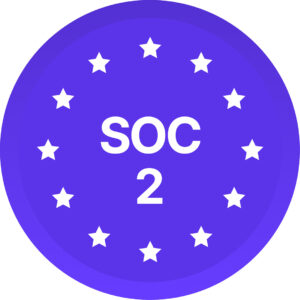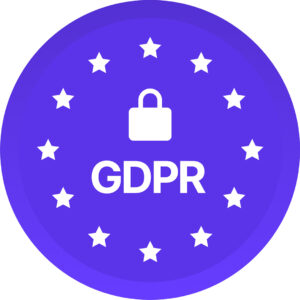In today’s fast-paced and ever-changing business world, organizations must have a clear understanding of what they need to measure to achieve their goals. Measurement orientation is critical for businesses as it enables them to track their progress and make informed decisions. In recent years, the focus has shifted towards inclusive and diverse workplaces, and measuring diversity and inclusion has become an essential part of an organization’s measurement orientation.
A study by Deloitte found that companies with inclusive cultures are six times more likely to be innovative and twice as likely to meet or exceed financial targets compared to companies without such cultures (Bersin, 2017). Therefore, organizations need to measure the effectiveness of their diversity and inclusion efforts to ensure that they are reaping the benefits of a diverse and inclusive workforce.
One of the most important factors to consider when measuring diversity and inclusion is leadership accountability. The leadership of an organization is responsible for driving the culture of the organization, and they must be held accountable for the effectiveness of the diversity and inclusion strategy. Therefore, it is essential to measure the metrics that are meaningful to the leadership and will help them make informed decisions.
In addition to leadership accountability, organizations must also consider the needs of their stakeholders when determining what to measure. This includes clients, employees, suppliers, shareholders, and communities. A study by McKinsey & Company found that companies in the top quartile for gender diversity were 15% more likely to have financial returns above their respective national industry medians (Hunt, Layton, & Prince, 2015). Therefore, measuring diversity and inclusion can have a positive impact on the financial performance of an organization and can help to meet the needs of shareholders.
To ensure that the data collected is useful, it is important to consider what the data will indicate and what insights the metrics will provide. The metrics must allow organizations to show a material contribution to organizational outcomes and resonate with those who care about diversity and inclusion. Therefore, it is essential to measure metrics that connect the DEI (Inclusion, Diversity, Equity, and Accessibility) strategy to organizational culture or business outcomes.
A study by the Harvard Business Review found that companies with more diverse workforces perform better financially and are more innovative than those with less diversity (Hunt, 2018). Therefore, measuring diversity and inclusion can help organizations to achieve their primary goals of supporting evidence-based decisions that promote diversity and inclusivity in the existing workforce and the recruitment process.
Organizations must also measure data that connects an DEI strategy to organizational culture or business outcomes. This includes workplace and personal demographics, workforce inclusion, and leadership cultural competence evaluations. Measuring these metrics can help organizations to identify areas of improvement and track their progress towards a more diverse and inclusive workplace.
To guide measurement choices, organizations must collect and measure data for specific purposes to eliminate the collection of unnecessary data. Data collection must be consistent and regular with clear intent to indicate the organization’s commitment to diversity and inclusion. Organizations must also be honest and transparent about why the data is being collected to build confidence among employees and stakeholders. Finally, organizations must respect employees and prioritize their diverse experiences when collecting and measuring data.
In conclusion, measuring diversity and inclusion is essential for organizations to achieve their goals and improve their financial performance. Organizations must consider leadership accountability, stakeholder needs, meaningful metrics, primary goals, and data connections when determining what to measure. By following the guidelines outlined in this article, organizations can collect and measure high-quality data that will help them achieve a more diverse and inclusive workplace.
_______
References
Bersin, J. (2017). High-impact diversity and inclusion: The six traits of successful diversity and inclusion programs. Deloitte Insights. Retrieved from https://www2.deloitte.com/us/en/insights/topics/talent/high-impact-diversity-inclusion.html Hunt, V., Layton, D., & Prince, S. (2015). Why diversity matters. McKinsey & Company. Retrieved from https://www.mckinsey.com/business-functions/organization/our-insights/why-diversity-matters
Prasad, S., & Matzanke, D. (2021, March 17). Measuring IDEA [Webinar]. CCDI Consulting.
Rocco, T. S., Hatcher, T., & Creswell, J. W. (2016). The handbook of scholarly writing and publishing. John Wiley & Sons.
Society for Human Resource Management. (2021). What is diversity, equity, and inclusion?
This blog was originally published by Diversio EDU (formerly CCDI Consulting) in December 2022.
Our newsletter and blogs feature personal opinions and diverse viewpoints. We aim to create a safe space for our team to share their perspectives on diversity and inclusion. Please note that individual articles may not align with every reader’s view or comprehensively cover a topic. We appreciate the diversity of opinions and respect our team’s contributions.

